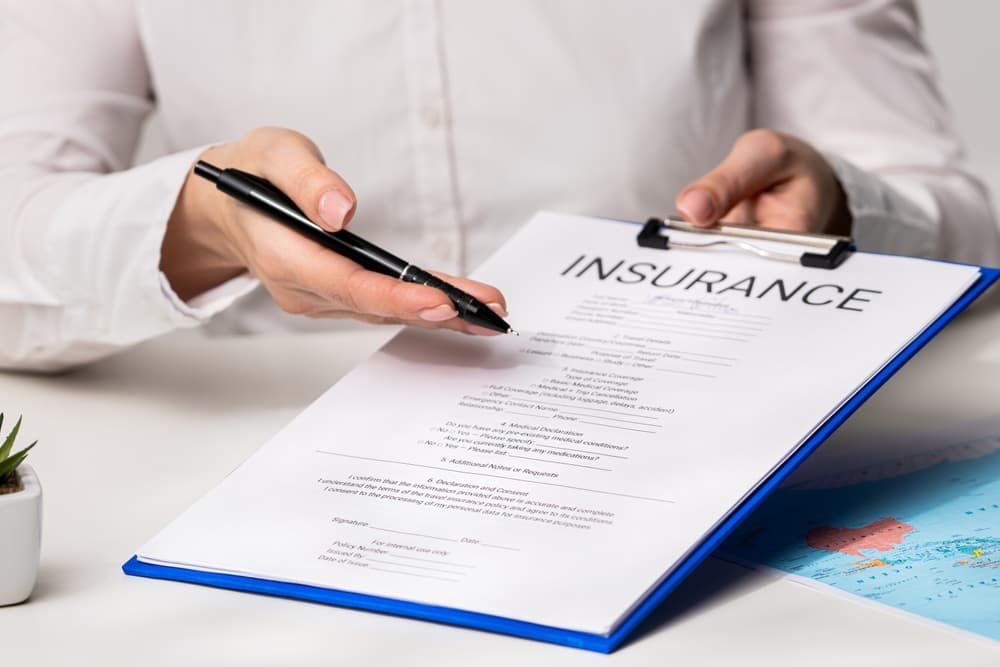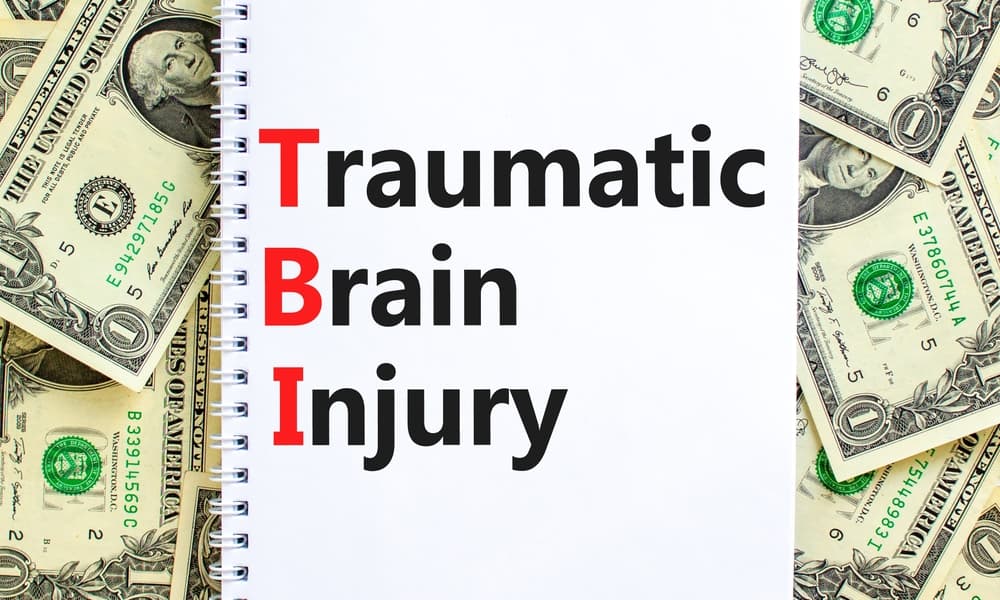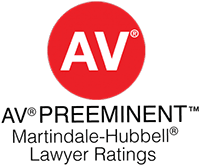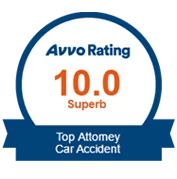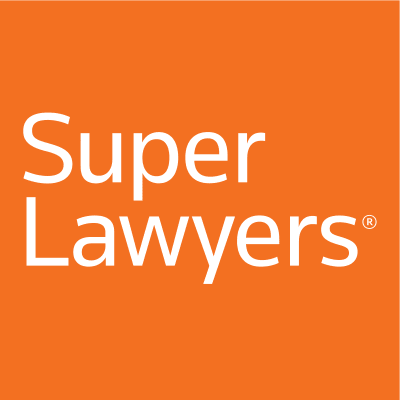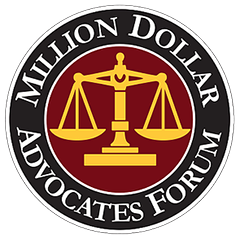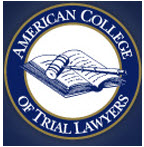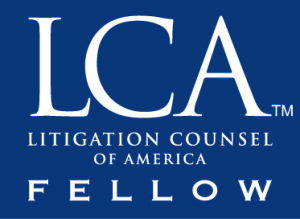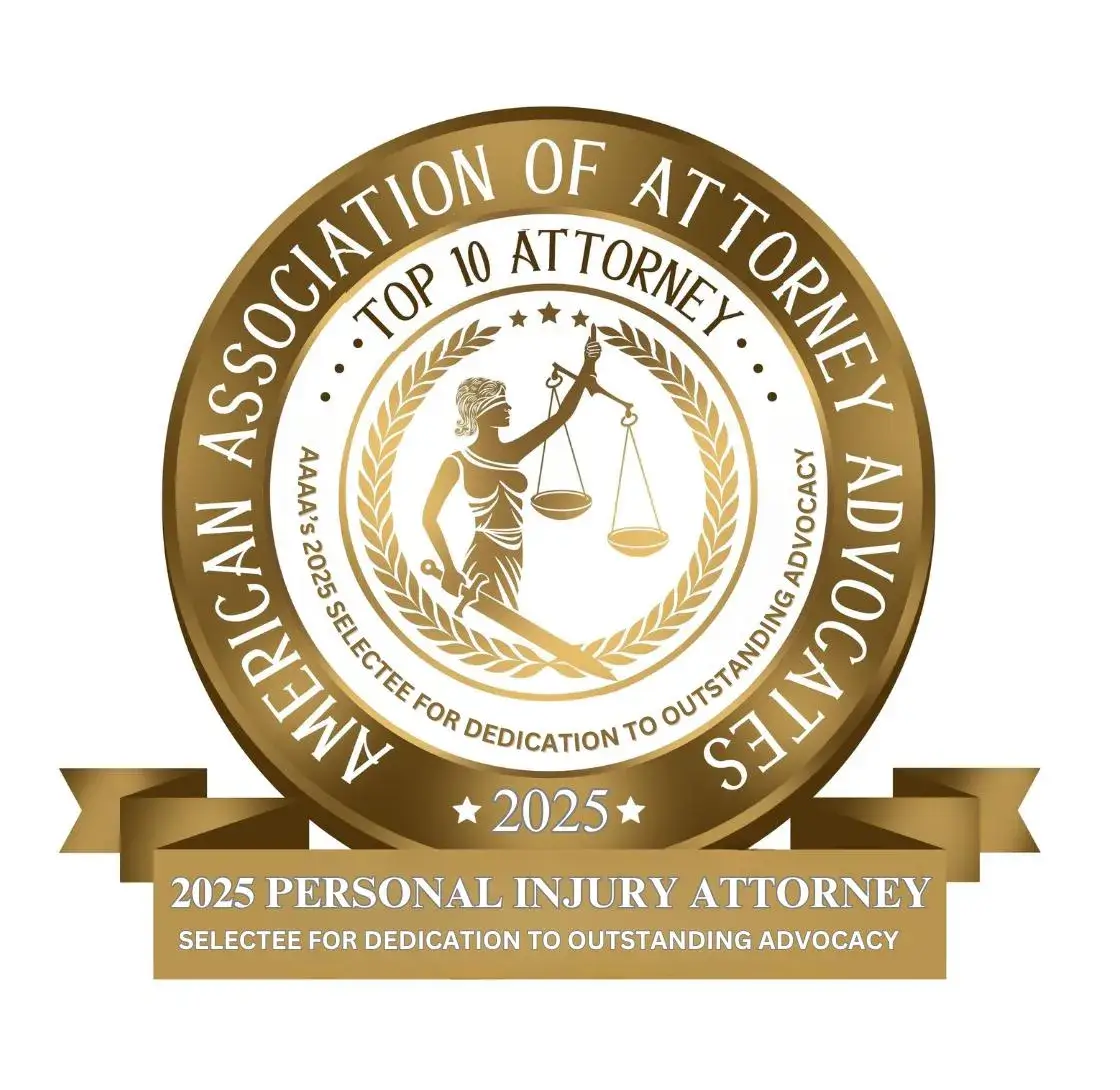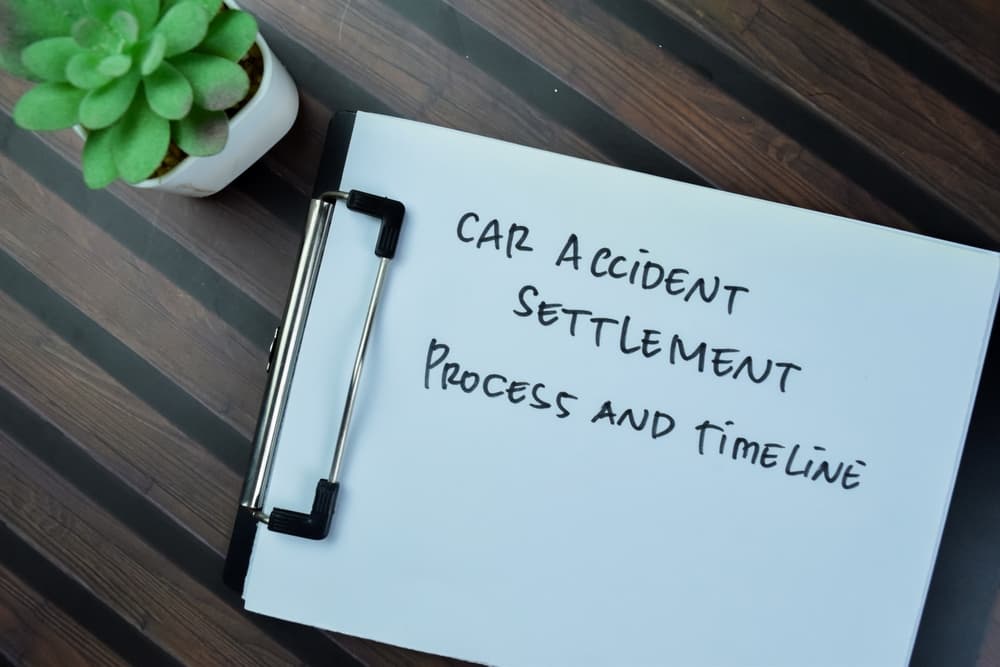
How Do Car Accident Settlements Work in New Jersey? A Step-by-Step Guide
A car accident settlement is the process of recovering money for all your injuries and financial losses from the at-fault driver’s insurance company.
In New Jersey, this process is governed by specific laws, including our “Choice No-Fault” insurance system, which requires your own policy’s Personal Injury Protection (PIP) to cover initial medical costs. This system also includes a “Limitation on Lawsuit” or “verbal threshold” option, which determines your right to sue for pain and suffering.
If you have questions about your car accident, call our auto accident attorneys at Maggiano, DiGirolamo & Lizzi, P.C. for a free consultation at (201) 585-9111.
Table of contents
- The First Question: Who Pays for My Medical Bills Right Now?
- What Does a Settlement Actually Pay For? The Anatomy of Your Claim
- The Journey of a Settlement: A Realistic Timeline
- Key Factors That Influence Your Settlement Amount
- Frequently Asked Questions About Car Accident Settlements
- Let Us Rebuild the Blueprint for Your Future
The First Question: Who Pays for My Medical Bills Right Now?
Your Own Insurance Is Your First Line of Defense: Enter PIP
New Jersey is a “no-fault” state, which means your own auto insurance policy is the primary source for covering your immediate medical expenses, regardless of who caused the accident. This system is designed to get your medical bills paid quickly so you can receive the treatment you need without delay.
This coverage is called Personal Injury Protection, or PIP. Think of it as emergency financial first aid. It pays for your medical care, and potentially for other costs like lost wages and essential services, up to the limit of your policy.
Your PIP coverage has limits. Many standard policies have a limit of $15,000, which is easily exhausted quickly with serious injuries. It is possible to purchase more coverage up to $250,000.
When Can You Seek Compensation from the Other Driver? The “Limitation on Lawsuit” Threshold
Your PIP coverage does not pay for the human cost of the accident—your pain, your suffering, and the ways your life has been disrupted. These are known as non-economic damages.
To recover these types of damages from the at-fault driver, your injury must be serious enough to overcome the “Limitation on Lawsuit” threshold (also called the verbal threshold). When you purchase auto insurance, you make a choice between a “Basic Policy” with this limitation and a “Standard Policy” that may allow an “Unlimited Right to Sue.”
If you have the limitation, this legal gateway opens only if your injury results in one of the following:
- Death
- Dismemberment (the loss of a limb)
- Significant disfigurement or scarring
- A displaced fracture (a broken bone that is out of place)
- Loss of a fetus
- A permanent injury (an injury that will not heal to function normally, even with further medical treatment).
What Does a Settlement Actually Pay For? The Anatomy of Your Claim
A settlement is built from two distinct categories of losses, known as “damages.” Our job is to identify, document, and value every single loss you have suffered.
Economic Damages: The Tangible, Calculable Losses
These are the black-and-white costs with a clear paper trail. We gather every bill and receipt to build a complete picture of your financial losses.
- Past and Future Medical Bills: This includes everything from the initial emergency room visit and ambulance ride to surgeries, physical therapy, prescription medications, and any future care you are projected to need. We might consult with medical and financial planners to forecast these costs accurately.
- Lost Wages and Diminished Earning Capacity: We calculate the income you have already lost from being unable to work. If your injuries prevent you from returning to your previous job or earning the same income, we also project that future loss over your lifetime.
- Property Damage: This typically covers the cost to repair or replace your vehicle and any other personal property damaged in the crash.
- Miscellaneous Out-of-Pocket Expenses: This could include costs for transportation to medical appointments, childcare you had to hire during recovery, or modifications made to your home, like a wheelchair ramp.
Non-Economic Damages: The Human Cost of the Injury
This is compensation for how the accident has impacted your quality of life. These losses don’t come with a price tag. This is where we move beyond the numbers and tell the story of your experience.
- Pain and Suffering: This compensates you for the physical pain and emotional distress you have endured and may continue to endure.
- Loss of Enjoyment of Life: This addresses your inability to participate in hobbies, activities, and life experiences that previously brought you joy—from playing with your children to your weekly golf game.
- Emotional Anguish: This covers the anxiety, depression, or post-traumatic stress that frequently follow a serious accident, rewriting your sense of safety and well-being.
The Journey of a Settlement: A Realistic Timeline
While minor claims may resolve in 6 to 12 months, cases involving serious injuries might take 12 to 36 months to finalize, ensuring we do not settle before the full extent of your injuries and future needs are known.
Phase 1: Investigation and Building Your Case
This is the foundation. Our firm gathers all the necessary evidence to build a strong claim. We obtain the police report, along with photos of the scene and vehicles, to begin our own analysis.
We collect all your medical records to create a complete narrative of your injuries and treatment. This detailed history helps in proving the extent of your damages. Witness statements are secured while memories are fresh.
Phase 2: The Demand Letter
Once you have reached what is known as Maximum Medical Improvement (MMI)—the point where your condition has stabilized and your future medical needs can be reasonably predicted—we can fully assess the value of your claim. Moving forward before this point is a gamble with your future financial health.
We then draft a comprehensive demand letter to the insurance company outlining the facts of the accident, the extent of your injuries, and the full compensation we seek on your behalf.
Phase 3: The Negotiation Process
The insurance company will assign an adjuster to your case. With the rise of AI and data analytics, their first offer is increasingly generated by a computer algorithm and is typically far below what your case is worth. It is a calculated opening move in a strategic negotiation.
This begins a period of negotiation. We respond to their low offer with counter-arguments, highlighting the strengths of your case and the evidence we have compiled. This back-and-forth requires patience, persistence and a keen eye for detail.
Phase 4: Filing a Lawsuit (If Necessary)
If the insurance company refuses to offer a fair settlement, the next step is to file a lawsuit. This does not mean your case is going to trial immediately. Filing a lawsuit is a strategic step that signals to the insurance company that we are fully prepared to take your case to a jury. It unlocks a new phase of the process called “discovery,” where we can take formal depositions (sworn testimony) from the other driver and witnesses, and request specific documents from the defense.
Phase 5: Settlement or Trial
The vast majority of car accident cases settle before reaching a courtroom. A settlement can be reached at any point, even on the eve of a trial.
If a settlement is agreed upon, you will sign a “release” document. This is a legally binding contract that states you are accepting the settlement amount in exchange for ending all future claims related to this accident. It is the final chapter of the legal process.
Key Factors That Influence Your Settlement Amount
No two accidents are the same, and several variables will shape the final value of your claim.
- The Severity of Your Injuries: This is the most significant factor. A case involving a spinal cord injury will have a much higher value than a case involving soft tissue strains because the medical costs, future needs, and impact on quality of life are vastly different.
- The At-Fault Driver’s Insurance Policy Limits: A settlement is limited by the amount of liability coverage the at-fault driver carries. You cannot recover more than the available policy limit from their insurer, which makes understanding all potential sources of recovery, including your own policy, so important.
- New Jersey’s “Comparative Negligence” Law: This law examines the fault of every party involved. Under N.J.S.A. 2A:15-5.1, you can still recover damages as long as your percentage of fault is not greater than the fault of the person you are suing. In simple terms, you must be 50% or less at fault. Your final settlement will be reduced by your percentage of fault. For example, if you are found to be 10% at fault for the accident, a $100,000 settlement would be reduced by 10% to $90,000. Insurance companies frequently use this to reduce what they have to pay.
- The Strength of the Evidence: Clear, well-documented evidence of the other party’s fault and the extent of your damages strengthens your negotiating position. This includes everything from photos and witness statements to detailed medical records and expert reports.
Frequently Asked Questions About Car Accident Settlements
Should I accept the first offer from the insurance company?
The first offer is almost always the lowest offer. It is a starting point for negotiations, often generated by software designed to save the company money. Accepting it without consulting an attorney means you may be settling for far less than your claim is worth, especially before the full extent of your future medical needs is known.
How long do I have to file a car accident lawsuit in New Jersey?
In New Jersey, the statute of limitations for filing a personal injury lawsuit is generally two years from the date of the accident. If you miss this deadline, you lose your right to sue permanently. There are very few exceptions to this rule.
What if the driver who hit me has no insurance or not enough insurance?
Your own auto insurance policy includes “Uninsured/Underinsured Motorist” (UM/UIM) coverage for this exact situation. This coverage steps in to protect you. We can help you file a claim against your own policy to cover the damages the at-fault driver is unable to pay.
Do I have to pay taxes on my settlement money?
According to the IRS, compensation received for physical injuries or sickness is not considered taxable income. However, any portion of the settlement that compensates you for lost wages may be subject to income tax. The portion for emotional distress may also be taxable if it did not originate from a physical injury.
How is the settlement money paid out?
Most car accident settlements are paid in a single lump sum. From this sum, your attorney’s fees and any outstanding medical liens are paid, and you receive the remainder. In cases involving catastrophic injuries or minors, a “structured settlement” may be used, which provides guaranteed, tax-free payments over time.
Let Us Rebuild the Blueprint for Your Future
You have been through a traumatic event, and the path forward may seem unclear. You do not have to walk it alone. The team at Maggiano, DiGirolamo & Lizzi, P.C. is here to provide the steady, experienced guidance you need to secure the resources necessary for your recovery.
Let us take on the burden of the settlement process so you can focus on healing. Contact our experience personal injury lawyer today for a free, no-obligation consultation at (201) 585-9111.



